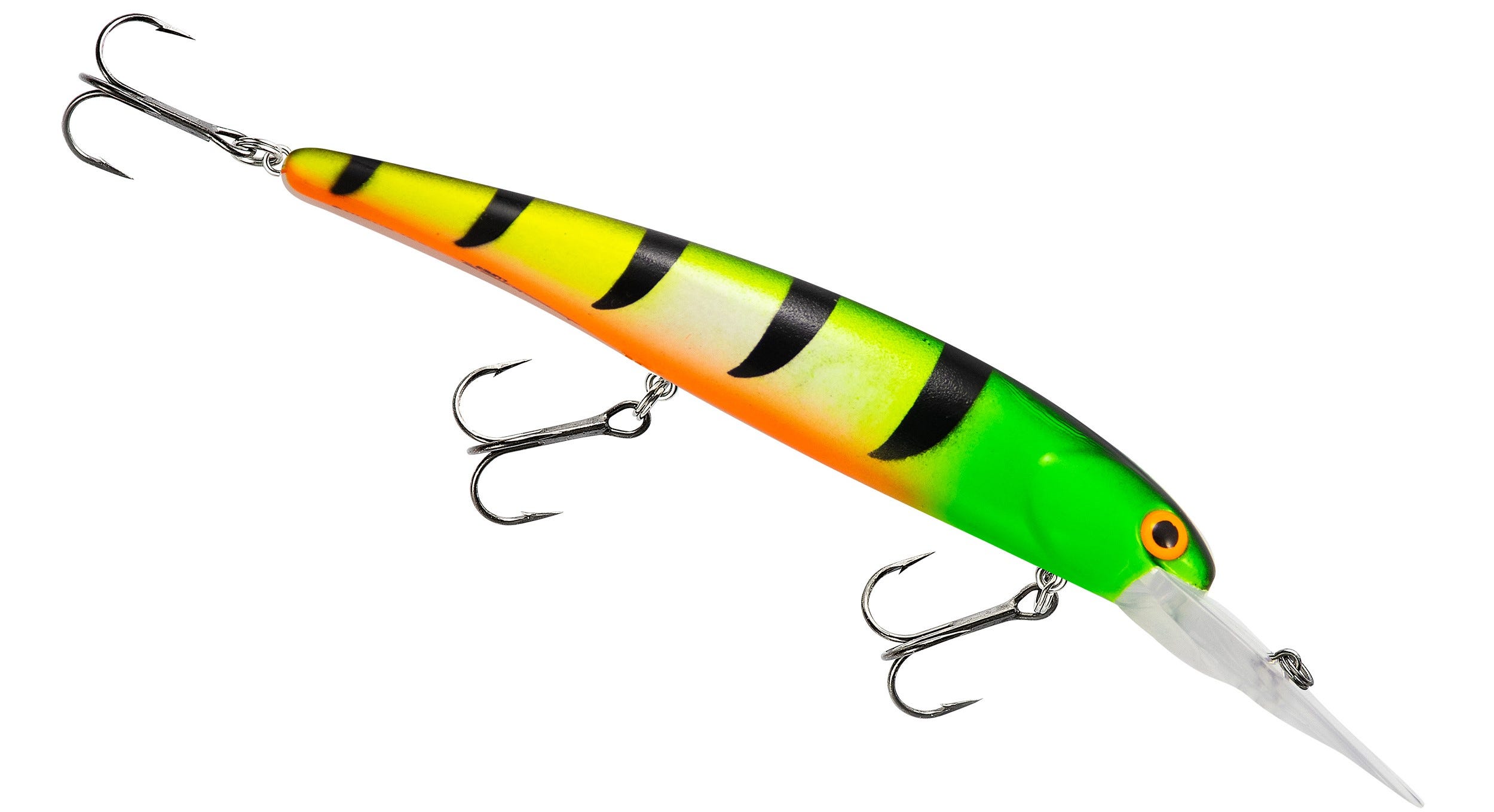- Jan 10, 2022
Bandit Does it Again! The NEW Suspending Minnow Walleye Crankbait for 2022 – Bait School Bite Spec
Bandit Lures’ newest walleye lure opens a once-secret strategy to every angler and provides a highly valuable walleye trolling lure, especially during the pre-spawn period.
A lure designed for trolling, but also engineered to suspend in the water column? With trolling being a generally steady approach, it might seem like those concepts contradict one another.
In truth, a suspending lure is critical to innovative strategies used secretly for many years by select walleye anglers in the Great Lakes Region and Zander anglers in Europe. Until now, these anglers had to custom weight their favorite Bandits to suspend, which is a touchy process when lures must remain properly balanced and true running to be effective, and it is not something most anglers would want to take on.
That’s why in-the-know anglers have been begging Bandit for suspending version of their favorite trolling lure and what led to the development of the Bandit Suspending Minnow. Let’s take a closer look.




